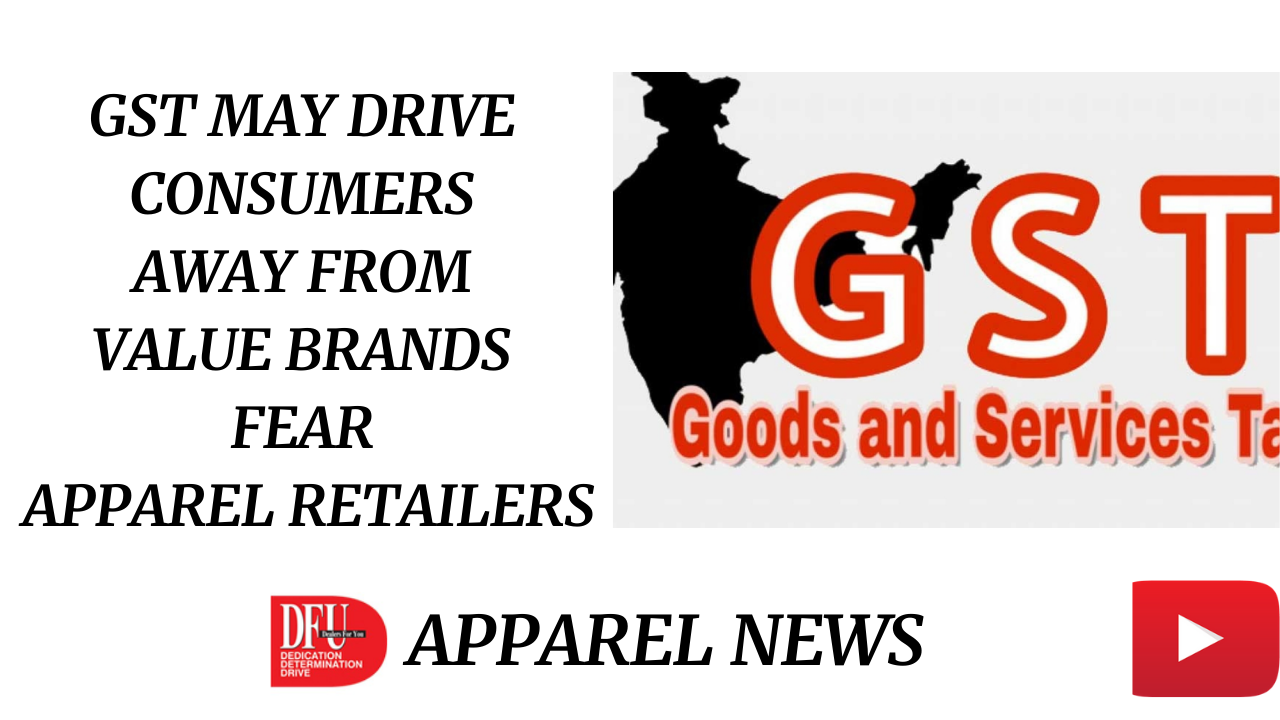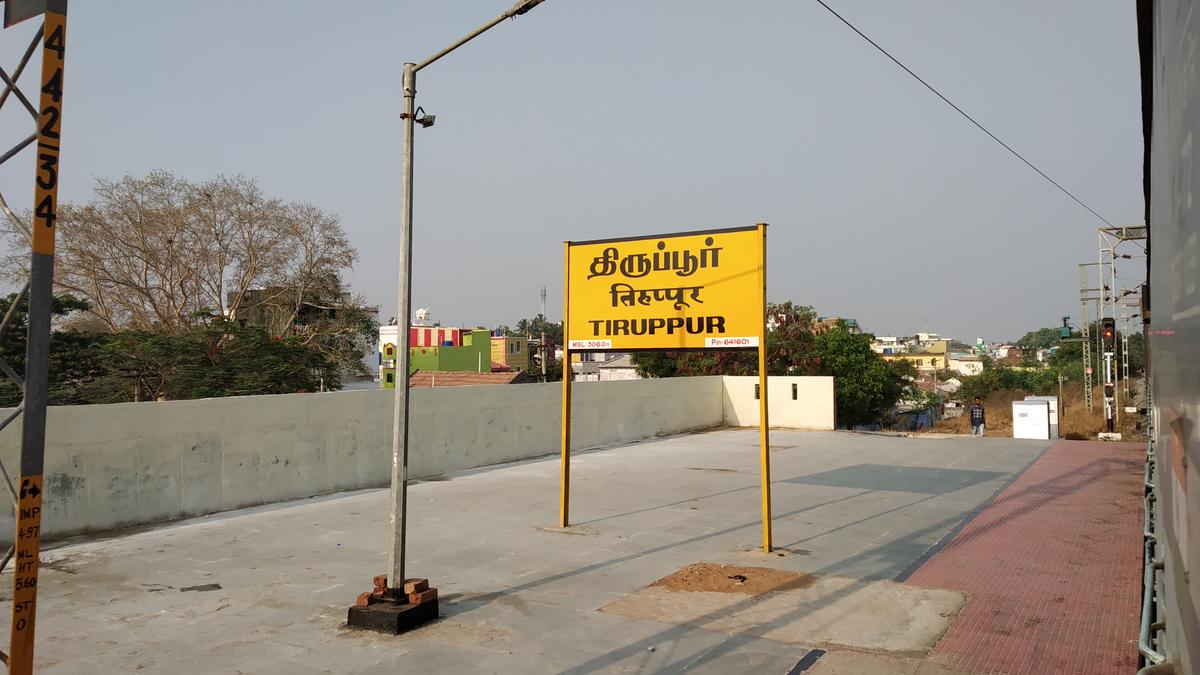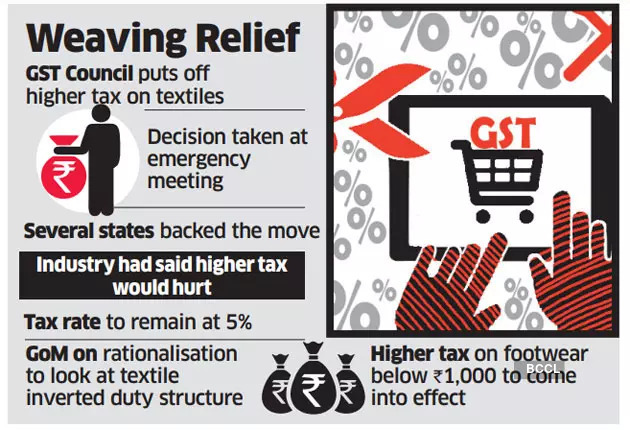18 January 2022, Mumbai:
Deferment in GST rate hike on textiles from 5 per cent to 12 per cent hardly brings any relief to consumers as they still have dole out extra cash for branded clothes.
As Charath Narsimhan, CEO, Indian Terrain Fashion says, with rise in raw material prices like cotton, yarn, fabrics and packaging materials, the price of finished goods are also likely to increase by 8-15 per cent.

Already, many brands have started increasing the prices of their garments with others likely to increase by around March. Raw material prices have increased by around 15-20 per cent, leading to a rise in MRP of branded garments by around 10 per cent, adds Yuvraj Arora, Partner, Octave Apparels.

Numero Uno is also increasing prices by around 10 per cent while Madame is increasing by 12 per cent, starting with its summer collections. Prices of summer collections from most brands are likely to increase 15-20 per cent, predicts Clothing Manufacturers Association of India (CMAI).
To reduce the price hike, few brands may tweak their product quality, especially in the lower price range and limit price increase to 5 per cent, adds Rahul Mehta, Mentor, CMAI. Whatever is the scenario, apparels prices are likely to rise from January end, he adds.

KEY HIGHLIGHTS
- Deferment in GST rate hike hardly brings any relief to consumers
- Charath Narsimhan, CEO, Indian Terrain says, rise in raw material prices is a concern
- Rahul Mehta, Mentor, CMAI. Whatever is the scenario, apparels prices are likely to rise
- Rise in MRP of branded garments likely by around 10% Yuvraj Arora, Octave Apparels
Price rise to make up for pandemic losses
For some time, retailers have been absorbing the hike in raw material prices, high freight costs, devalued rupee, into their profit margins. They refrained from passing on the hike to consumers due to sluggish demand.
However, with sales revival and consumer demand, they plan to make up for their losses by increasing prices.
As Akhil Jain, Executive Director, Madame notes, brands hesitated to increase prices leading to a decline in selling prices. This along with steep discounting led to industry working on a thin margins His brand Madame used to have 65-70 per cent sale through earlier.
But now-a-days, it has only around 55 per cent sale through, he informs.
Ramesh Kapoor, CFO, Numero Uno says, the above factors compelled them to hike prices for all its apparel categories by around 10 per cent. To control rising prices, a few apparel makers have sought government intervention though others believed factors are mostly external.
Significant impact on volumes
Though the GST Council has deferred the proposed hike, it has referred the matter to a Group of Ministers on GST rate rationalization.
The Council believes, GST hike will impact prices of only those brands that sell merchandize below Rs 1,000. Prices of these garments are likely to increase 7-10 per cent, opines Mehta.
Arora adds, GST hike will affect brands whose merchandise is priced at or below Rs 1,049. Octave Apparels will be impacted as it sells round neck T-shirts for about Rs 799-899 and a polo T-shirts for about Rs 999. GST hike will push up prices by almost 30 per cent for these tees to Rs 1,299.
Even a 7 per cent hike in GST will compel the brand to increase prices drastically, Arora explains. The move will decrease the volumes of value brands as consumers may shift to other low-priced brands, he laments.

Stay Updated.
Subscribe to our newsletter.
Follow us on Linkedin & Youtube.
Latest News: TOP 15 News

_thumbnail.jpg)



_thumbnail.jpeg)





_thumbnail.jpg)
_thumbnail.jpeg)

.webp)





_thumbnail.jpeg)




_thumbnail.jpg)






















